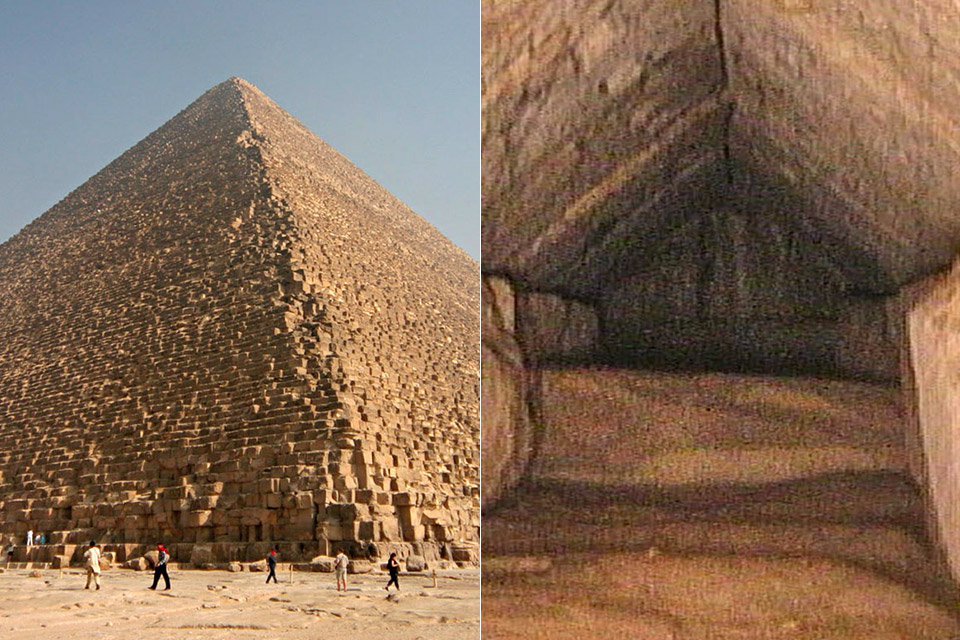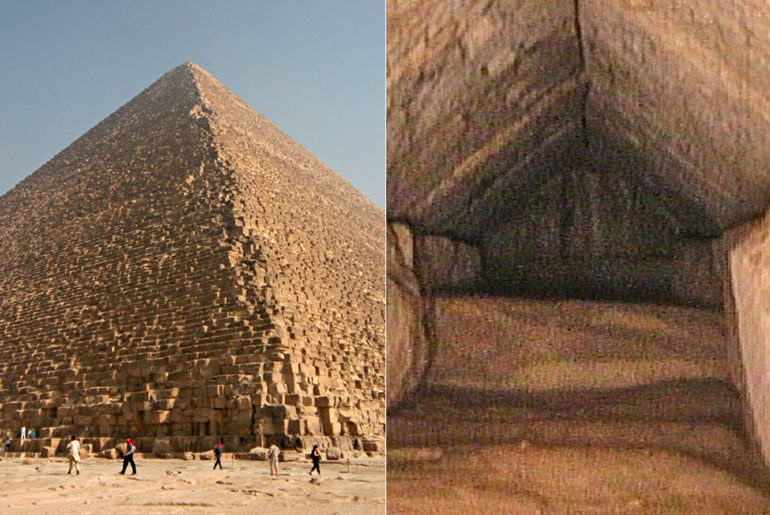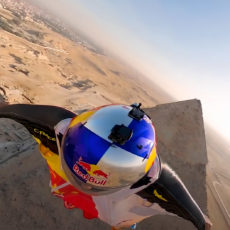
Archaeologists have uncovered a hidden corridor in the Great Pyramid of Giza using cosmic-ray radiography, and they believe the unfinished tunnel was likely created to redistribute its weight around either the main entrance or around another as yet undiscovered chamber or space.
Cosmic-ray muon radiography was used to detect the corridor before retrieving images of it by feeding a 6mm-thick endoscope through a tiny joint in the pyramid’s stones. This discovery could further knowledge of the pyramid’s construction and the purpose of a gabled limestone structure that sits in front of the corridor. The 479-foot-tall Great Pyramid dates back to 2,560BC, during the reign of the Pharaoh Khufu, or Cheops, and was the tallest structure made by humans until the Eiffel Tower in Paris in 1889. It is the last known surviving wonder of the ancient world.
- Travel back in time to the 26th century BC. and discover the Great Pyramid of Giza and its surroundings with this LEGO set for adults
- Includes 2 smaller pyramids, 2 mortuary temples, Sphinx statue, workers' village, an obelisk and a section of the Nile River with a barge
- Lift the outer structure to reveal the Royal chambers, main tunnels & a system that may have been used to move the stone blocks during construction
We’re going to continue our scanning so we will see what we can do…to figure out what we can find out beneath it, or just by the end of this corridor,” said Mostafa Waziri, head of Egypt’s Supreme Council of Antiquities.





